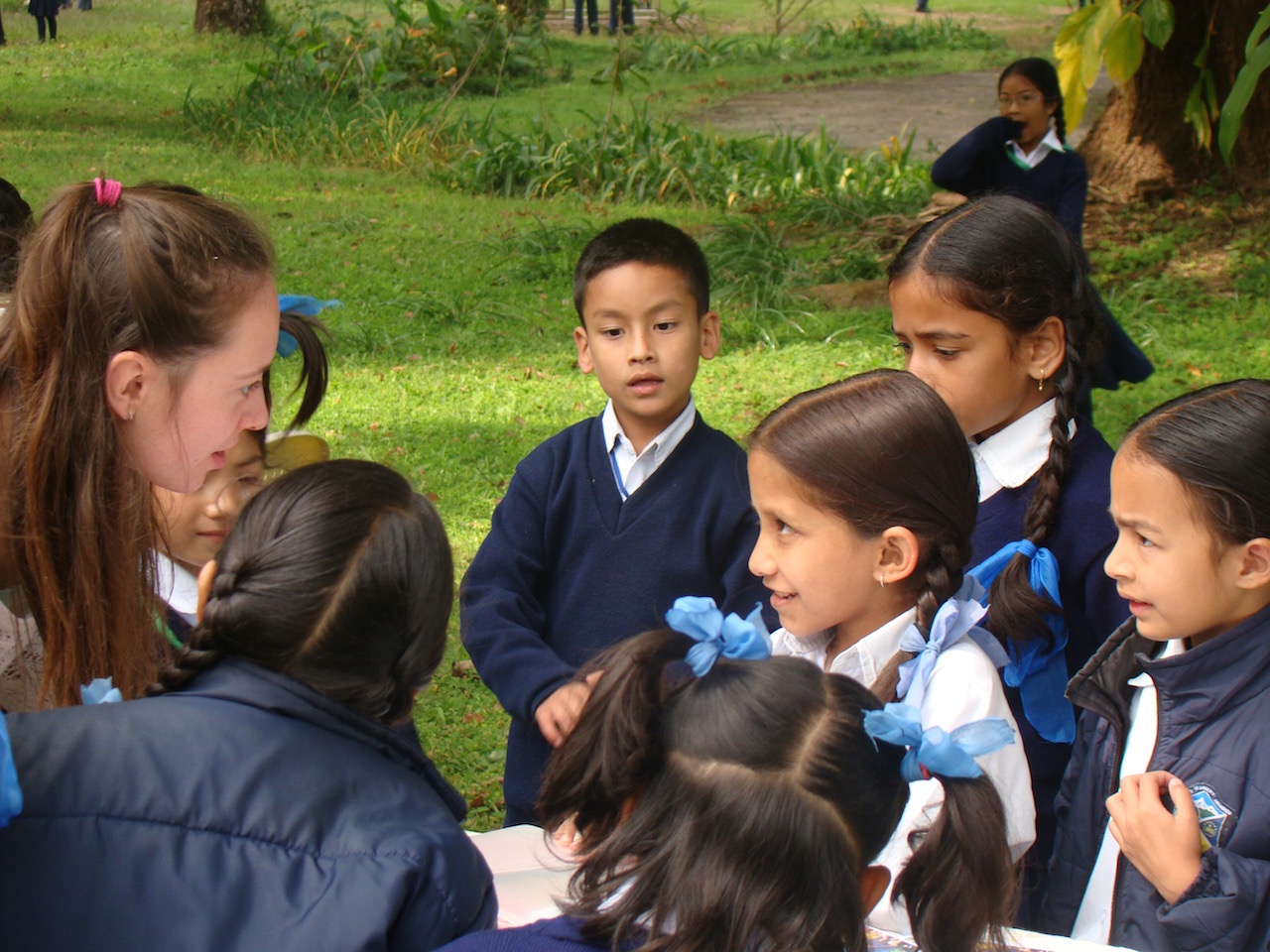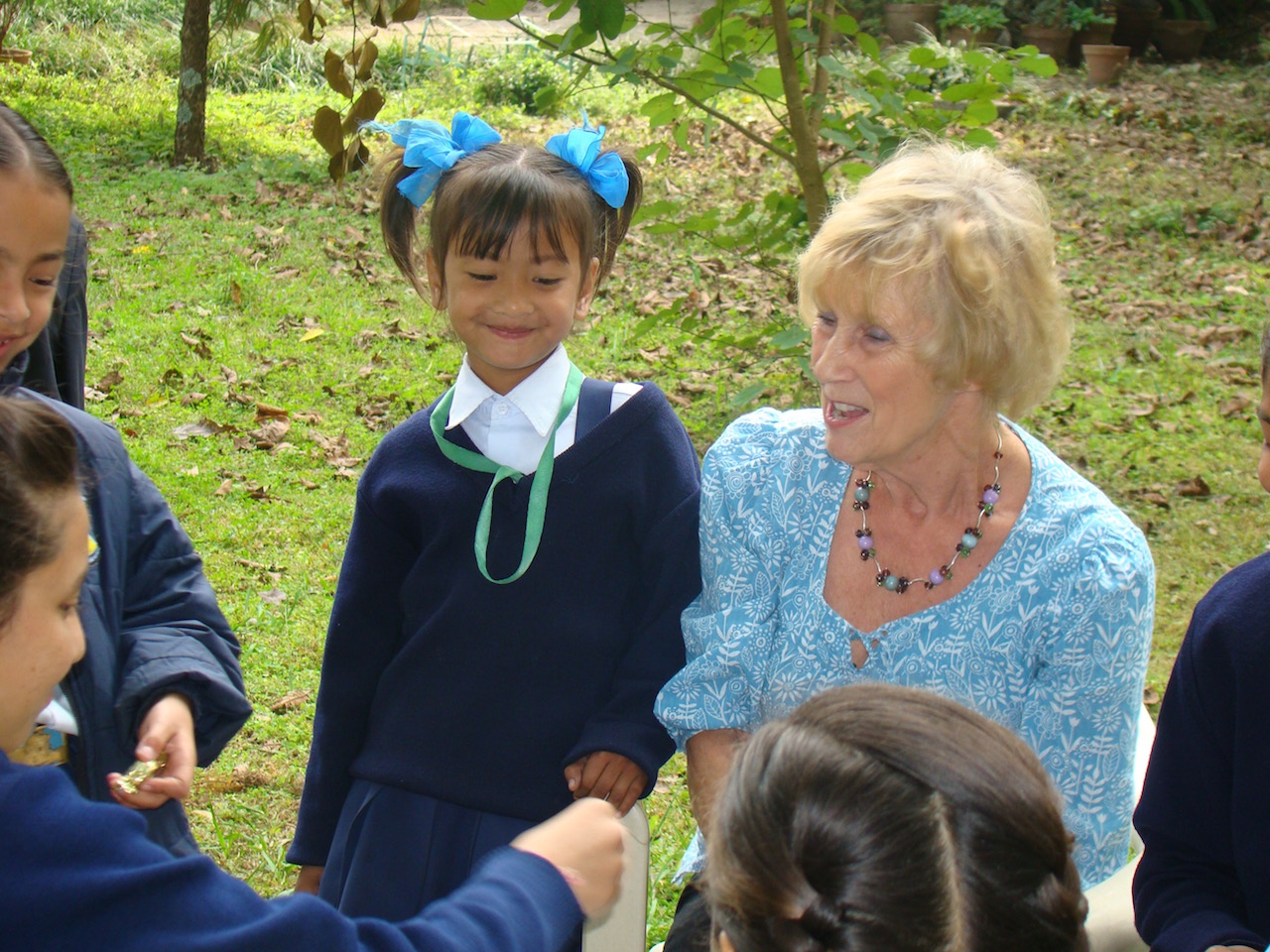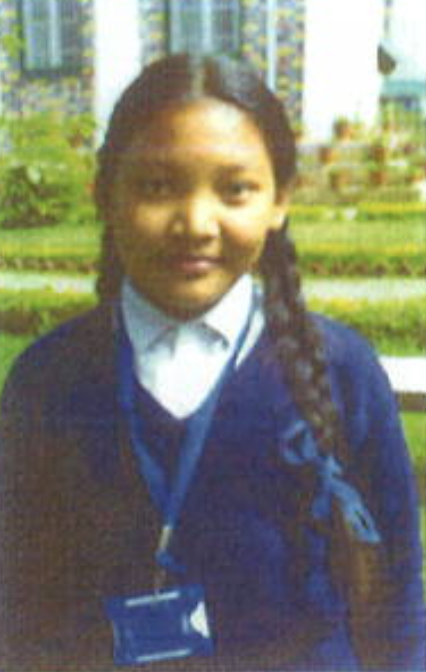Sponsoring Students at St Xaviers's Schools
The Situation
The current education system in Nepal is relatively young and has long been based on home-schooling. The first formal school, established in 1853, was intended for the elite. In 1951, at the time when St Xavier’s School was first set up, the first classrooms were opened to a more diverse population. Education in Nepal from primary school to university level has been modelled on the Indian system, which in turn is the legacy of the old British Raj.
Education in Nepal improved substantially throughout the twentieth century. In 2015, the overall literacy rate was 64.7% (male 75.6% and female 55.1%), a dramatic increase from 5% in 1951 but still well below the world average literacy rates of 86.3% (90.0% male and 82.7% female). Nepal’s literacy rate however remains at the lower-end when compared its neighbouring countries China, India and Bhutan. (UNESCO Institute of Statistics)
The school system in Nepal consists of 10 years of primary and secondary and 2 years of subsequent higher secondary education – a total of 12 years. The first 10 year’s education concludes with the School Leaving Certificate (SLC) Examination, required for admission to higher secondary education.

At a glance – Literacy rate 2015
%
Nepal
%
Bhutan
%
World
%
Bangladesh
%
India
%
China

Why Help is Needed
Although education levels have significantly improved in Nepal, there are still many improvements to be made – particularly in girls’ education. There is a shortage of funds for educational facilities, for example, extra classrooms, libraries, scientific equipment, laboratories. Poverty and social exclusion are the primary barriers to access to education and contribute to Nepal’s low literacy rate.
How We Help
JMB Educational Fund supports the improvement of education in Nepal by providing sponsorship grants for students from disadvantaged backgrounds from ages 6 to 16.
St Xavier’s Schools have given prime importance to educating children who are socially and economically disadvantaged through subsidised fees. Many of those that receive the sponsorship are local village children. As the Schools are very popular and have an outstanding reputation both within and beyond Nepal, school places and scholarships are in great demand.
The School’s sponsorship programme ensures the:
- Elimination of financial barriers to success and quality education;
- Provision of a safe and nurturing environment for learning;
- Provision of social support to underprivileged children and their families.
Students are selected for sponsorship by the Principal of the school based on the following criteria:
- Finacial Circumstances (poverty, deprivation and need)
- Academic Ability
- Family Situation.



How you can help
Under the Charity’s Sponsorship Programme, you can sponsor an individual student at St Xavier’s Godavari. Sponsorship allows pupils access to the entire academic curriculum.
Sponsors receive a regular update on the performance of each student and an annual Christmas letter.
A number of the Trustees visit the School bi-annually. On this visit time spent with the sponsored students to understand their background, interests and aspirations. A profile is then completed and sent to the sponsor.
When considering Sponsorship, it is important to note that the Charity would like to ask for an informal commitment to support the student throughout their 10 years at the School. The reason for this is to help ensure that the student is funded for the students entire education period. However, the Charity recognises that the Sponsor’s circumstances can and do change and that sponsorship may need to be discontinued.
As a guide, sponsorship fee at January 2019 is £100 per student per annum and 100% of this goes to support the student’s educational fees. This fee is adjusted to cover increased costs and movements in exchange rates.
Student Profiles
A typical profile of a selected student
“One of our pupils was admitted to class two this year. Her parents were both Maoist fighters when the insurgency was going on. She was born towards the end of the insurgency in one of the Maoist camps. Her father completed his class ten while staying in the camp during the peace process. Her mother is in the village. The girl was staying in the slums along the Bagmati River with her father and relatives going to a local School. When her father came to meet me, he broke down saying that he lost his life going after the promises of the leaders. He wanted a better life for his daughter and so requested for her admission. It will take sometime for this pupil to adjust to a totally different atmosphere, but I am hoping she will eventually fit in and do well.”
On our last visit the Trustees met this student. The student has settled well into the school and is currently in Year 4. She writes that her favourite subject is Science and enjoys 100 meters running. She lives with her parents and a sister and walks to the School.

Letter from a former student

This is a profile of a typical student in her own words.
” I just want to contribute something to the country and will help all the people. I hope I will be able to go to university.
There are five members in my family. My mother did her surgery last year and she can’t do heavy work. So, there is some income problem in the house
In the earthquake my house was damaged so we live in the same house by repairing it.”

